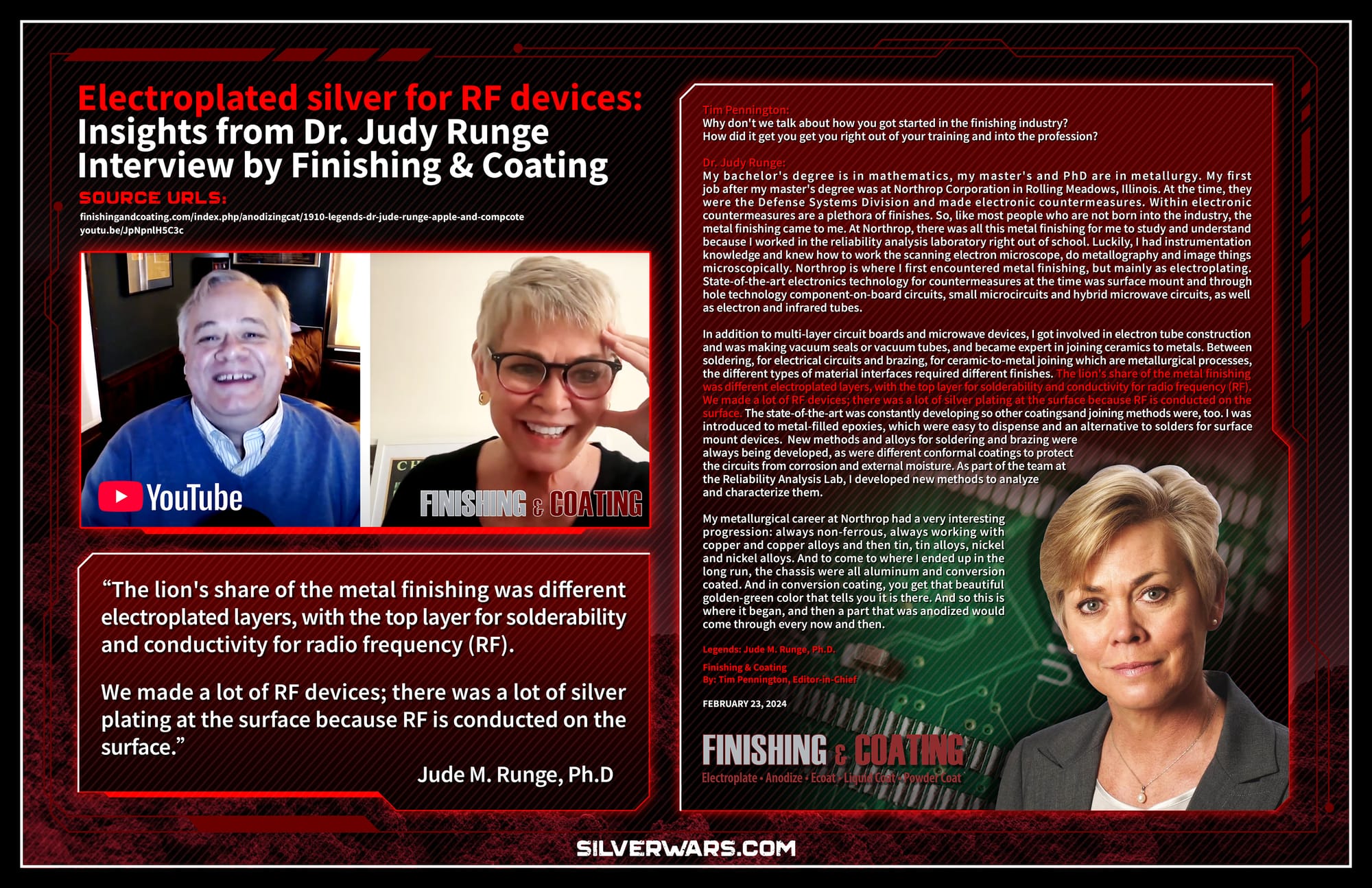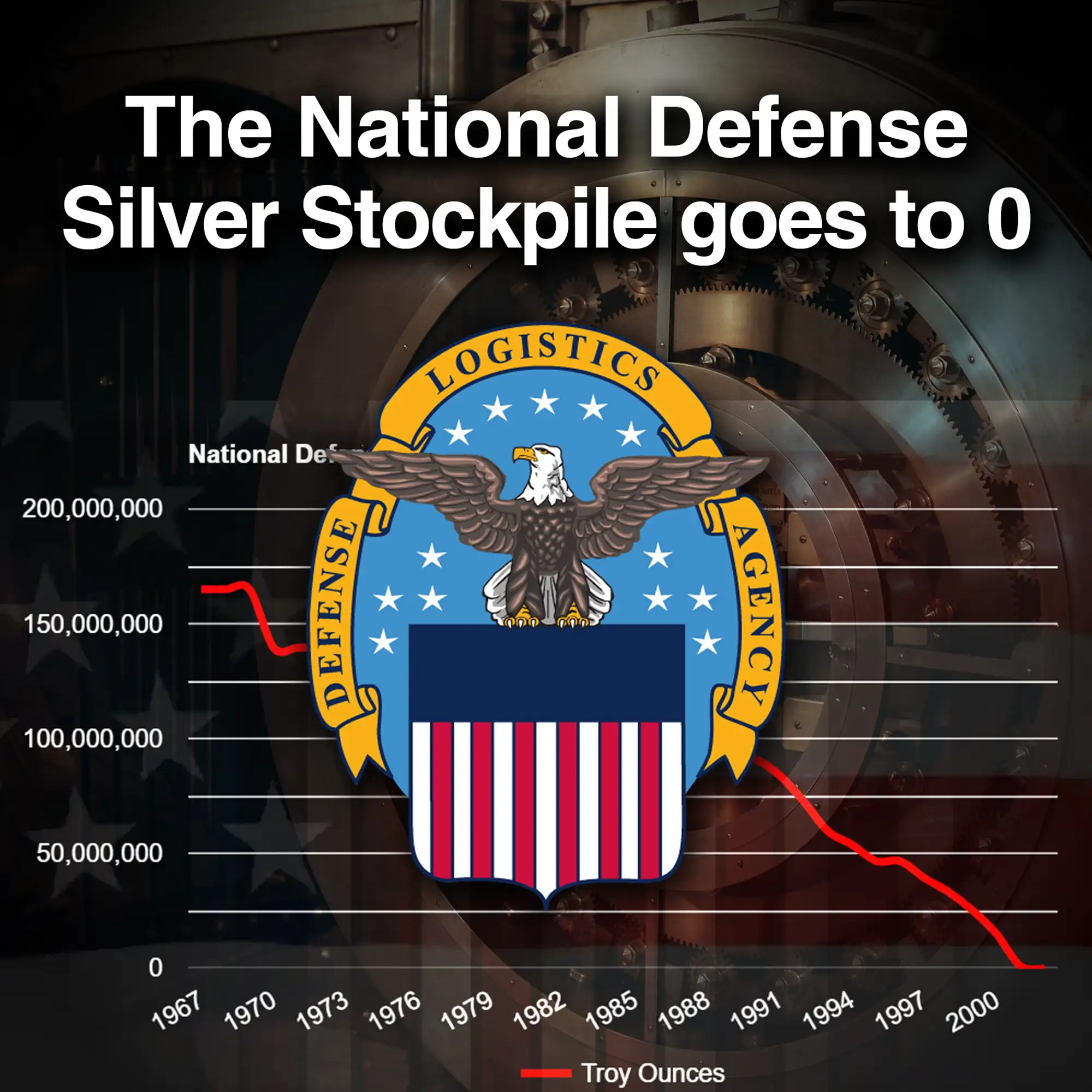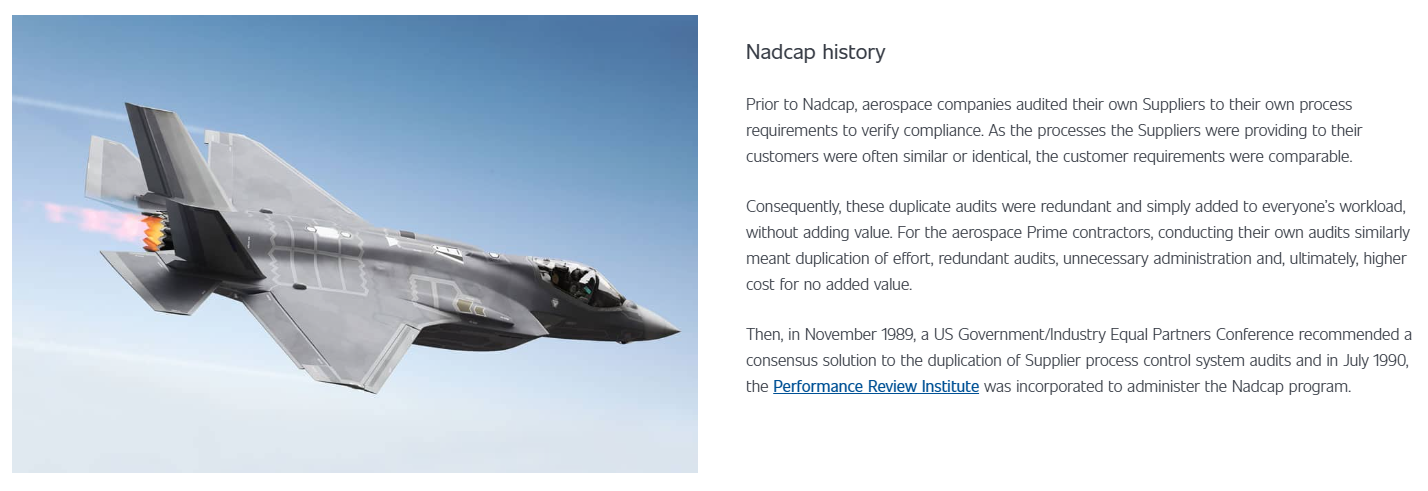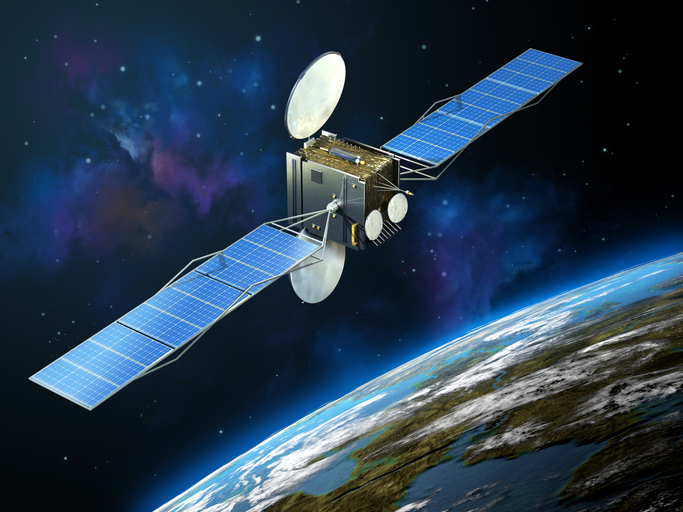Silver is, without a doubt, a critical material for advanced aerospace, military, and national security technologies. Dr. Judy Runge, a metallurgist with decades of experience in aerospace technologies, and AOTCO Metal Finishing, a leading precision electroplating company, both highlight the significant role of silver in these industries.
Dr. Judy Runge: Expertise in Electroplating for Aerospace and Military Applications
Dr. Judy Runge's pioneering work in electroplating has been integral to aerospace and military technologies, especially for creating highly reliable electronic and mechanical components. She notes that silver plating has long been used for its excellent electrical conductivity, crucial for systems like radio frequency (RF) devices.
Dr. Runge recalls,
“The lion's share of the metal finishing was different electroplated layers, with the top layer for solderability and conductivity for radio frequency (RF). We made a lot of RF devices; there was a lot of silver plating at the surface because RF is conducted on the surface.”
This emphasizes how silver’s electrical properties are essential for the functionality of sensitive military and aerospace systems, ensuring they perform effectively under the harshest conditions.
 Photo By SilverWars | Free to Use with Credit / Download High Resolution Below
Photo By SilverWars | Free to Use with Credit / Download High Resolution Below
Electroplated-silver-for-RF-devices
HIGH RESOLUTION / DOWNLOAD FOR OFFLINE
Electroplated-silver-for-RF-devices.jpg
Furthermore, Dr. Runge emphasizes the importance of silver plating in hybrid microwave circuits, where silver's superior electrical properties are indispensable.
She explains,
“Silver plating ensures the reliability of these components and is vital for hybrid microwave circuits due to its superior solderability and conductivity.”
Silver’s performance in these critical applications makes it irreplaceable for military and aerospace technologies that demand high precision and reliability.
AOTCO Metal Finishing: Silver’s Vital Role in Aerospace
AOTCO Metal Finishing, specializing in precision electroplating, also highlights silver’s key role in aerospace applications, particularly in the extreme conditions of space.
According to AOTCO,
“Silver plating has great electrical resistance while also offering superior anti-galling properties, making it ideal for threaded assemblies prone to friction and wear.”
These properties are crucial for components subjected to mechanical stresses and friction, such as those used in aerospace systems. In addition, silver plating’s lubricious nature reduces the risk of thread damage and ensures the longevity of parts that are subjected to extreme turbulence to get to space and then survive in that challenging environment.
AOTCO explains that silver’s superior conductivity makes it a go-to material for essential satellite components like waveguides.
They note,
“The center of the waveguide is electroplated in silver because it’s a material that provides good radio frequency (RF) performance thanks to silver’s electrical conductivity and solderability.”
It is due to the skin effect at high frequencies, electric current along the walls penetrates typically only a few micrometers into the metal of the inner surface. Since this is where most of the resistive loss occurs, it is important that the conductivity of interior surface be kept as high as possible. For this reason, most waveguide interior surfaces used in aerospace applications are plated with silver.
This reinforces the critical role of silver in satellite technology.
Cost-Effectiveness of Silver: A Critical Factor for Aerospace
In addition to its performance benefits, silver’s relative cost-effectiveness compared to other precious metals like gold is another reason for its widespread use in aerospace.
AOTCO highlights that “silver has the highest conductivity of structural metals,” making it an ideal choice for aerospace applications where electrical performance is essential. Furthermore, silver’s affordability—especially in comparison to gold—makes it a practical option for many aerospace projects, as it balances performance with cost.
While silver’s affordability is one of its key advantages, this cost-efficiency must be weighed against broader market conditions. The stability of the silver market is crucial for ensuring that aerospace and military sectors can rely on a steady supply of this mineral. A sudden collapse or significant fluctuation in the paper silver markets could jeopardize access to silver for critical applications, especially as demand for silver in defense and aerospace continues to grow.
Mitigation Strategies: The Need for a National Defense Silver Stockpile
Given silver’s essential role in aerospace, defense, and national security technologies, it is crucial to recognize the strategic risks posed by its potential scarcity. Currently, the U.S. does not have a dedicated National Defense Silver Stockpile, which represents a significant vulnerability. Establishing such a stockpile would be a strong mitigation strategy, ensuring a steady supply of silver for critical applications in case of market disruptions or geopolitical instability.
However, creating a silver stockpile is not a cure-all solution. Additional strategies are required to secure the nation's silver resources in the long term. One such measure would be for the United States Geological Survey (USGS) to officially list silver as a strategic material during their review this year. This would ensure its inclusion in defense-related supply chain priorities, safeguarding access to silver for national security purposes. Additionally, the Department of Energy (DOE) should recognize silver as a critical mineral, which would further emphasize its importance to the U.S. economy, the nuclear energy sector and national security, while also potentially encouraging mining and refining efforts to meet future demand. The President also has the authority under Public Law 96-41, Se. 3. (a) to determine which materials are strategic and critical and how much of such material to stockpile for purposes of national defense.
The purpose of the materials stockpile is to sustain the United States for a period of not less than three years in the event of a national emergency.
We are currently unprepared if such an emergency happened today.

Ensuring Our Future: Silver's Critical Role in National Security and Aerospace
Silver’s role in aerospace and military technologies is indispensable, thanks to its electrical properties, durability, and cost-effectiveness. Dr. Runge’s expertise and AOTCO’s focus on precision electroplating both highlight the essential nature of silver in these industries, particularly in the new warfare domain of aerospace.
As reliance on silver grows in these critical sectors, the need for stable, secure access to this metal becomes even more pressing. Silver’s unique properties make it a national security asset, and ensuring its availability will be key to maintaining the performance and reliability of aerospace and defense systems in the future. Establishing a national defense silver stockpile, alongside efforts to have silver recognized as a strategic material and critical mineral, would help mitigate risks and safeguard the nation's security interests in the years to come.

(Archive Sources Below)
AOTCO Expands Silver Plating Capacity To Meet Growing Demand From the Aerospace Industry

Legends: Dr. Jude Runge, Apple and CompCote
![]() FinishingandCoating.com Tim Pennington, Editor-in-Chief
FinishingandCoating.com Tim Pennington, Editor-in-Chief
Performance Review Institute (PRI) - We Protect What Matters
![]()
National Defense Stockpile - Depleted in 2002 - Page 5

